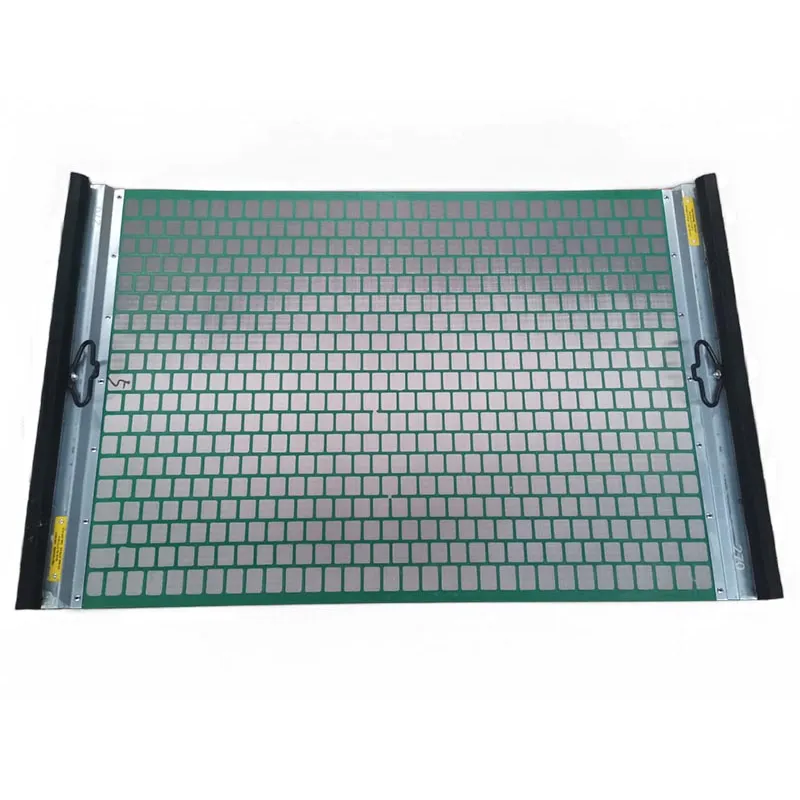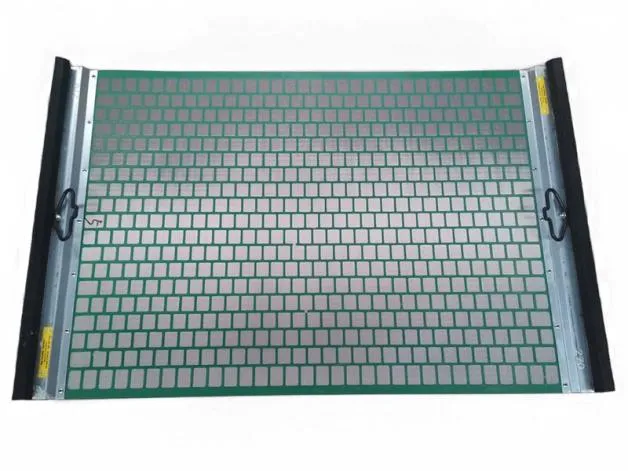- Industrial zone, South of Anping Town, Hengshui, Hebei, China.
- sales@hfpetromesh.com
- +86-18931809706
 Afrikaans
Afrikaans  Albanian
Albanian  Amharic
Amharic  Arabic
Arabic  Armenian
Armenian  Azerbaijani
Azerbaijani  Basque
Basque  Belarusian
Belarusian  Bengali
Bengali  Bosnian
Bosnian  Bulgarian
Bulgarian  Catalan
Catalan  Cebuano
Cebuano  Corsican
Corsican  Croatian
Croatian  Czech
Czech  Danish
Danish  Dutch
Dutch  English
English  Esperanto
Esperanto  Estonian
Estonian  Finnish
Finnish  French
French  Frisian
Frisian  Galician
Galician  Georgian
Georgian  German
German  Greek
Greek  Gujarati
Gujarati  Haitian Creole
Haitian Creole  hausa
hausa  hawaiian
hawaiian  Hebrew
Hebrew  Hindi
Hindi  Miao
Miao  Hungarian
Hungarian  Icelandic
Icelandic  igbo
igbo  Indonesian
Indonesian  irish
irish  Italian
Italian  Japanese
Japanese  Javanese
Javanese  Kannada
Kannada  kazakh
kazakh  Khmer
Khmer  Rwandese
Rwandese  Korean
Korean  Kurdish
Kurdish  Kyrgyz
Kyrgyz  Lao
Lao  Latin
Latin  Latvian
Latvian  Lithuanian
Lithuanian  Luxembourgish
Luxembourgish  Macedonian
Macedonian  Malgashi
Malgashi  Malay
Malay  Malayalam
Malayalam  Maltese
Maltese  Maori
Maori  Marathi
Marathi  Mongolian
Mongolian  Myanmar
Myanmar  Nepali
Nepali  Norwegian
Norwegian  Norwegian
Norwegian  Occitan
Occitan  Pashto
Pashto  Persian
Persian  Polish
Polish  Portuguese
Portuguese  Punjabi
Punjabi  Romanian
Romanian  Russian
Russian  Samoan
Samoan  Scottish Gaelic
Scottish Gaelic  Serbian
Serbian  Sesotho
Sesotho  Shona
Shona  Sindhi
Sindhi  Sinhala
Sinhala  Slovak
Slovak  Slovenian
Slovenian  Somali
Somali  Spanish
Spanish  Sundanese
Sundanese  Swahili
Swahili  Swedish
Swedish  Tagalog
Tagalog  Tajik
Tajik  Tamil
Tamil  Tatar
Tatar  Telugu
Telugu  Thai
Thai  Turkish
Turkish  Turkmen
Turkmen  Ukrainian
Ukrainian  Urdu
Urdu  Uighur
Uighur  Uzbek
Uzbek  Vietnamese
Vietnamese  Welsh
Welsh  Bantu
Bantu  Yiddish
Yiddish  Yoruba
Yoruba  Zulu
Zulu
- Afrikaans
- Albanian
- Amharic
- Arabic
- Armenian
- Azerbaijani
- Basque
- Belarusian
- Bengali
- Bosnian
- Bulgarian
- Catalan
- Cebuano
- Corsican
- Croatian
- Czech
- Danish
- Dutch
- English
- Esperanto
- Estonian
- Finnish
- French
- Frisian
- Galician
- Georgian
- German
- Greek
- Gujarati
- Haitian Creole
- hausa
- hawaiian
- Hebrew
- Hindi
- Miao
- Hungarian
- Icelandic
- igbo
- Indonesian
- irish
- Italian
- Japanese
- Javanese
- Kannada
- kazakh
- Khmer
- Rwandese
- Korean
- Kurdish
- Kyrgyz
- Lao
- Latin
- Latvian
- Lithuanian
- Luxembourgish
- Macedonian
- Malgashi
- Malay
- Malayalam
- Maltese
- Maori
- Marathi
- Mongolian
- Myanmar
- Nepali
- Norwegian
- Norwegian
- Occitan
- Pashto
- Persian
- Polish
- Portuguese
- Punjabi
- Romanian
- Russian
- Samoan
- Scottish Gaelic
- Serbian
- Sesotho
- Shona
- Sindhi
- Sinhala
- Slovak
- Slovenian
- Somali
- Spanish
- Sundanese
- Swahili
- Swedish
- Tagalog
- Tajik
- Tamil
- Tatar
- Telugu
- Thai
- Turkish
- Turkmen
- Ukrainian
- Urdu
- Uighur
- Uzbek
- Vietnamese
- Welsh
- Bantu
- Yiddish
- Yoruba
- Zulu
Jan . 20, 2025 12:13
Back to list
concrete weight coating
Aluminum grating is known for its lightweight properties and effective utility in various industrial applications. Its weight is a critical factor influencing its selection and implementation across different sectors, mainly due to its significant impact on transportation, installation, and structural integrity. As an expert in architectural and industrial materials, I will provide insights on the factors influencing aluminum grating weight and its implications on design and functionality.
In industries focused on safety, such as oil and gas or chemical processing plants, aluminum grating provides a crucial balance between strength and weight. Its ability to withstand corrosive agents while maintaining a manageable weight makes it ideal for offshore platforms and refining facilities where material integrity is paramount. Transportation costs are another area where aluminum grating's weight advantage becomes evident. Lighter materials mean lower fuel costs and easier handling, reducing logistics expenses and making it an economically viable option for large-scale projects. This is particularly beneficial in temporary setups or relocations, where the grating must be moved multiple times. Environmental and sustainability factors also enhance the appeal of aluminum grating from a weight perspective. The reduction in weight corresponds to lower emissions in both production and transportation phases, aligning with global efforts towards sustainable construction practices. Additionally, aluminum is highly recyclable, contributing further to its eco-friendly credentials. By understanding these factors, engineers, architects, and decision-makers can make informed choices about aluminum grating, balancing weight and performance to meet specific project requirements. The strategic use of aluminum grating can lead to efficient, durable, and economically sound solutions across various sectors, showcasing its value as a modern construction and industrial material. In summary, the weight of aluminum grating is more than just a physical characteristic; it is a pivotal factor that influences material choice, project costs, and operational efficiency. Recognizing its benefits and potential applications reinforces aluminum grating's essential role in contemporary architecture and industry, maintaining its status as a high-demand material. For those seeking a reliable, lightweight, and versatile material, aluminum grating continues to deliver on all fronts.


In industries focused on safety, such as oil and gas or chemical processing plants, aluminum grating provides a crucial balance between strength and weight. Its ability to withstand corrosive agents while maintaining a manageable weight makes it ideal for offshore platforms and refining facilities where material integrity is paramount. Transportation costs are another area where aluminum grating's weight advantage becomes evident. Lighter materials mean lower fuel costs and easier handling, reducing logistics expenses and making it an economically viable option for large-scale projects. This is particularly beneficial in temporary setups or relocations, where the grating must be moved multiple times. Environmental and sustainability factors also enhance the appeal of aluminum grating from a weight perspective. The reduction in weight corresponds to lower emissions in both production and transportation phases, aligning with global efforts towards sustainable construction practices. Additionally, aluminum is highly recyclable, contributing further to its eco-friendly credentials. By understanding these factors, engineers, architects, and decision-makers can make informed choices about aluminum grating, balancing weight and performance to meet specific project requirements. The strategic use of aluminum grating can lead to efficient, durable, and economically sound solutions across various sectors, showcasing its value as a modern construction and industrial material. In summary, the weight of aluminum grating is more than just a physical characteristic; it is a pivotal factor that influences material choice, project costs, and operational efficiency. Recognizing its benefits and potential applications reinforces aluminum grating's essential role in contemporary architecture and industry, maintaining its status as a high-demand material. For those seeking a reliable, lightweight, and versatile material, aluminum grating continues to deliver on all fronts.
Share
Prev:
Next:
Latest news
-
Welded Steel Bar Grating: The Rugged Industrial Flooring Solution Built for Load and LongevityNewsJun.24,2025
-
Steel Walkway Grating: Reliable, Resilient, and Built for Every StepNewsJun.24,2025
-
Shale Shaker Screen for Sale: Optimize Drilling Efficiency with Precision Screening PowerNewsJun.24,2025
-
Shaker Screen for Sale: Elevate Your Drilling Efficiency with Durable Separation SolutionsNewsJun.24,2025
-
Press Locked Steel Grating: Industrial Strength with Precision Fit for Heavy-Duty ApplicationsNewsJun.24,2025
-
Perimeter Safety Netting: The Critical Safety Upgrade for Every HelipadNewsJun.24,2025